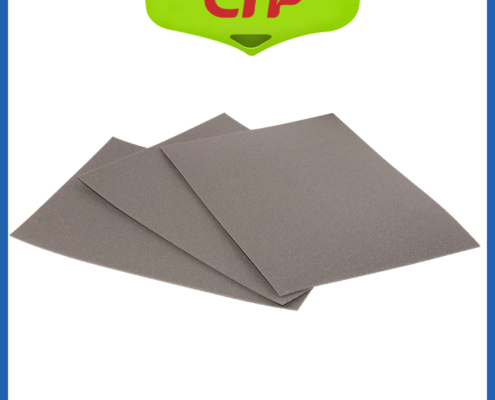Here’s latest informative report on the worldwide PE Foam Market 2019-2025 which has been added to our humongous database. The PE Foam market research report will help you to shape the future of your businesses by developing well-informed business-oriented decisions. Furthermore, the report on PE Foam market provides a comprehensive analysis of several industrial aspects such as size, recent technological techniques, new innovations, market shares, and global PE Foam market trends.
Besides this, the analytical information about the PE Foam market has been compiled through data exploratory methods such as primary as well as secondary research techniques. Moreover, our expert team throws light on several static and dynamic elements of the worldwide PE Foam market.
This study highlights numerous top key players in order to get better insights into universal businesses. It also provides a brief description of the top-level companies which are operating in the different regions of the world. The study report on PE Foam market includes significant data regarding the enterprise overview, contact details, and other crucial strategies followed by the competitive PE Foam market vendors. The global PE Foam market report is the systematic and accurate documentation of several business perspectives including major geographies, opportunities, restraints, challenges, and drivers. The PE Foam market report has been aggregated as per the several market segments as well as sub-segments associated with the worldwide industry.
Region-wise analysis of the PE Foam market as follows:
Geographically, the worldwide PE Foam market has been studied in several regions such as Latin America, Asia-Pacific, Europe, North America, India, the Middle East, and Africa. Reportedly, the global PE Foam region is dominating this industry in the forthcoming year.
Major PE Foam market players included in this market are:
Sing Home
Sansheng Industry
QIHONG
JINGKE SHIYE
CYG TEFA
RUNSHENG
Zhangqiu Jicheng
Zhjiang Jiaolian
HengshiJucheng Rubber
Zhejiang Wanli
Great Wall Rubber
Runyang Technology
Hengshui Yongsheng
Fullchance Rubber Sheet
Sanhe Plastic Rubber
Hengshui Rubber Company Limited
CYG TEFA is the earliest PE foam manufacturing with scale production in China since 2002.Mainly produce XPE FOAM,IXPE FOAM,IXPP FOAM and ESD PRODUCT(Foam type: PE/EVA/PU/EPE/PP Plastic).Annual production capacity is about 6000 tons.2 bases one in Shen zhen and an other in Huzhou,with total 17 production lines.CYG Management control system: Kingdee / OA / Oracle.CYG have a professional team and technology.More than 30 R&D staff.Through the great variety of our products we provide people with a warm and quiet home and working environment.
Global PE Foam Market segmentation: By Product Type Analysis
IXPE
XPE
EPE
Global PE Foam Market segmentation: By Application
Automobile industry
Home appliance field
Packaging
Engineering field
Sports
Other
The study figures out how certain account threats and challenges can act as a problematic factor for the business. The evaluation of the PE Foam market covers various aspects related to the social, economical, technological and political environment that adds flexibility to the overall research. In addition to this, the PE Foam market study generates real-time statistics on vital components such as gross margin, growth prospects, sales and profits to displays substantial business growth in upcoming years.
Apart from exploring the company profiles of key market leaders, the research study on PE Foam market collects and meanwhile, analyzes raw information on the import/export status, supply chain management, regulatory framework, and cost structure that is anticipated to articulate the trajectory of the PE Foam industry landscape. In this research, the analysts have used the market-leading assessment tools to explain the growing level of competition, product launches, new participants, recent acquisition and mergers.







